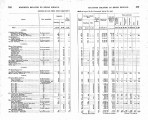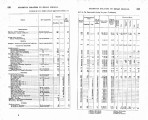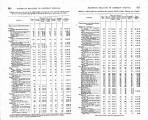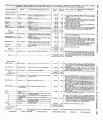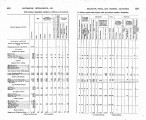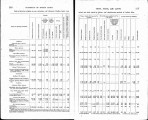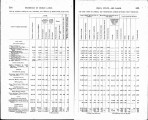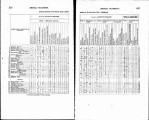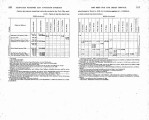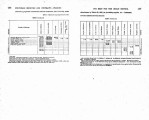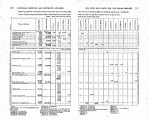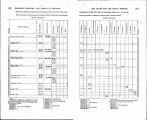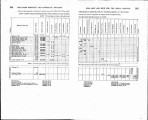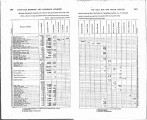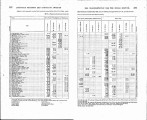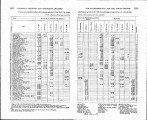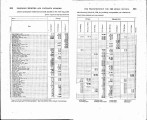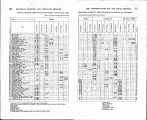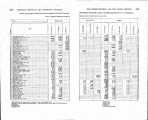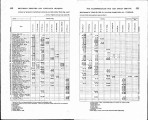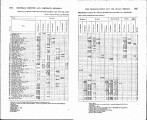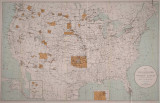| OCR Text |
Show < , REPORT OF TRESUPERIN~ENDENTO FINDIAN SCHOOLS. 315 .' : 11 many facts relat,inp to the.cond'ition and training of the Indian girls which I could not otherwixe'obtain. She had 11ad large experier~cei e , the work of education and sympathized with, the proposed service. When these thinga became kuowrr, incidentally, tothe Board of Indian Commissioners, several of them &id, very emphatically,LLT his is a service which we have long desired, and your wife ehould he appointed by the , Government to thia work." On the 18th of May the Secretary of the Interior, on his own suggestion and responsibilitr, notified the Com-missioner of Inaian Affairs that- Mre. Meriel A. Dorcheater is hereby appointed s, speuial agent in the Indian service daring the earreot fiscal yepeer, shd detailed to w i s t the flnp~rintendent of Indian Sahoolsio his investigations of thelnsuayament of Indian schools, with special refer-ence to the conduat, habits, condition, 'restmeot, training, ete., of the female pupils. At the expiration of the fiscal year this appointment was renewed. Her report is submitted herewith. The wa,y being thus prepared, Mrs. Dorchester and I entered upon the visitation of these achooIs and continued until they were closed for the summer vacation. I had previously visited the Carlisle School and the Lincoln 111etitute in Philadelphia. I visited s number of schools which had had only imperfect inspec-tion. For mauy of the buildings little had been done s i e e their erec-tion. Some of them were mQre orlexs dila,pida,ted and some were pever fully equipped for the service. The financial mmagemeut of others awakened much corlceru in the Departm~nt. It was, therefore, sug-gested by the Oommissioner of Indian Affairs that in my inspection I should hare refereuce to the tinancial expeuditures, particularly the specid " authorities," with the vouchern thereto; the buildings, whet,her sufficient or ineufficient. their condition. the r e~a i r sn eeded. a ~ ~rltrel sauitarx siruatior~; the furuiture, ita cor~tlitita,~l; d nerds; the dofi~itoriedw, Letl~r.rcrow~leodr i~orr;l lr hells ur111b edding; tbaaelioo~l-room appliances, condition and needs ; the supplies, how ma,naged, cared for, etc. ; the lrorses and other etock; the vehicles, industrial im-plements, etc.; the illdustrial pursuits, with results and suggestious; . the emplo es, theip efficiencj?, character, number, kind, and compensa-tion. So$ waR the work which opened before me. During the two months we were in the field, we traveled nearly 6,000 miles and visited twenty schools, the re~ul t sof which are here given, with theexception of uutnerous suecial r e ~ o r t osf a buxiuess character. with recommend- ~ ~ ,~~ ationa, t.srimares tbr nerds, and'rrqueara fir '1 aotl~oritirs" to purchase, whicl~m eveserrt from rimv to rime totl~~~(:omn~insionLrnrdoiafn AtElirs. In ssmh schools these things constituted aconsidersble part of my work. For the statistics of the Indian schools the reader is referred to the report of the Oommissiouer of Indian Affairs. CARLISLE SCHOOL. My arrival at this institution on the morning of May 2 was a sur-prise to Captain Pratt, the superiptende~t. I was cordially received, and every effort desirable was put forth to facilitate my investigations. The business methods of the ofice were explained, the books mre opened and examined, plans.of purchase, farm products, and other bnsi-ness phases were considered in as much detail as the time allotted for visitation would allow. The work of the school is divided into literary andindustrial stidies, the former occupying the forenoon and the latter the afternoon, all the , pupils partieipating in both. |









































































































































